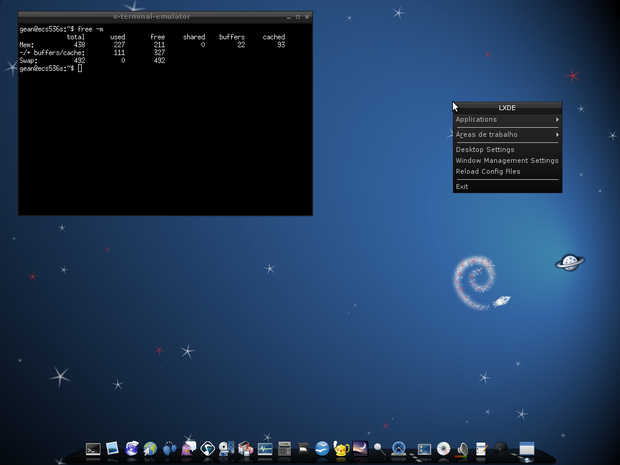


Next configure the br0 interface with an ip address. Next I started the VDE Switch connected to the tap0 interface and make the control file world writeable:Īll interfaces which are connected to network segments to be bridged are to be put into promiscuous mode.Īdd the tap0 interface to the bridge and start the DNSMASQ server to listen on br0 interface. Then I created couple of persistent tap interfaces owned by an ordinary user: Next I wanted to make the “tun” device writeable by the users, so I out myself into the “vboxusers” group and gave the group write permission on the device. I need to load the tun/tap module and the kqemu module for QEMU $ sudo apt-get install uml-utilities bridge-utils

I wanted the virtual machines to be in an isolated network connected together using VDE Switch as I was doing with QEMU.

All the documents explained beautifully how to accompalish bridging with the ethernet interface on the host machine, but this is not what I wanted. I went through several documents on VirtualBox website and realise that I needed to use bridging in order to do this. The only useful networking option I found was the “Host Interface”. The default NAT networking in VirtualBox does not solve any purpose. What if I want to create an internetwork of VirtualBox virtual machines and QEMU virtual machines. In my opinion the performance of Windows virtual machines is much better in VirtualBox, perhaps because of the installed guest additions. I installed few OSes in VirtualBox and found the performance pretty good. Sometime back I came across VirtualBox, an excellent replacement for commercial Vmware.


 0 kommentar(er)
0 kommentar(er)
